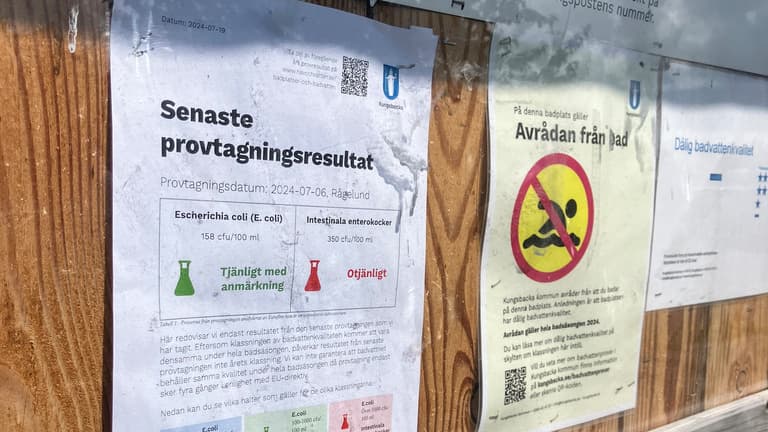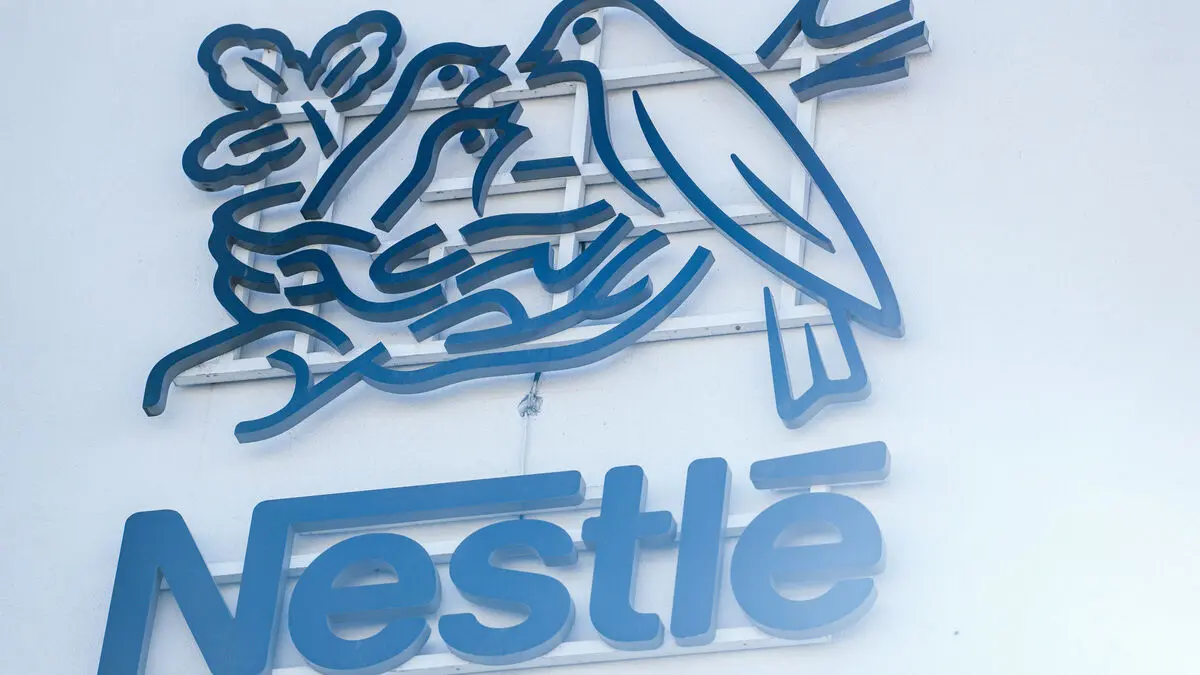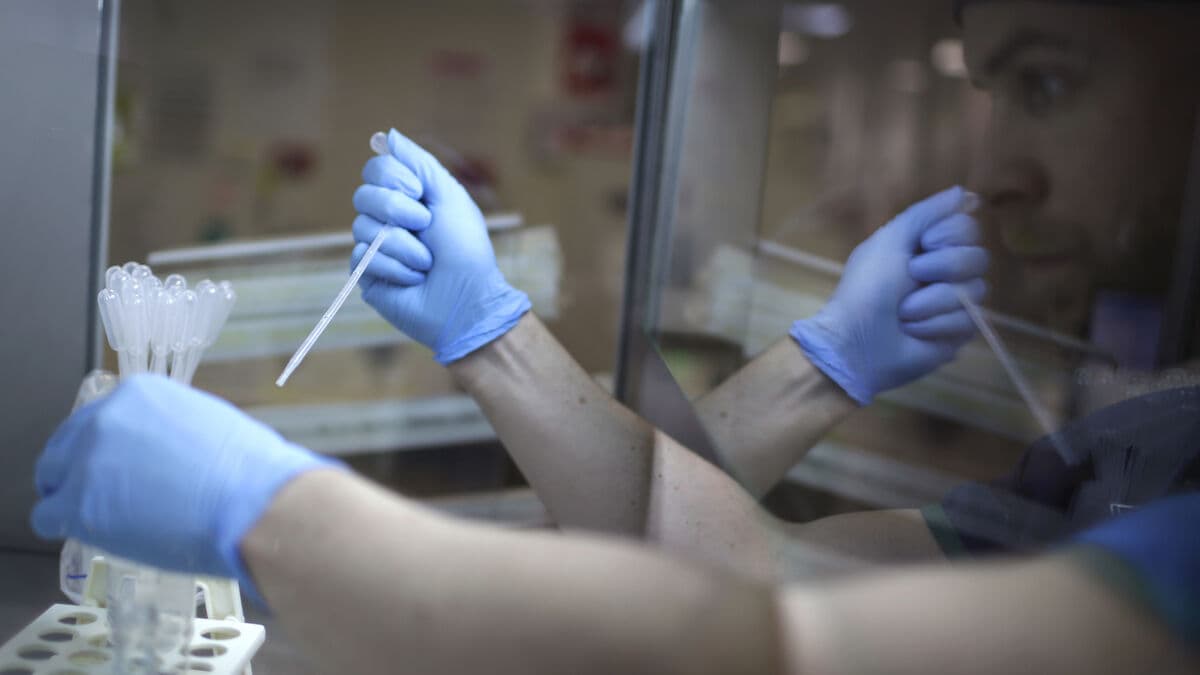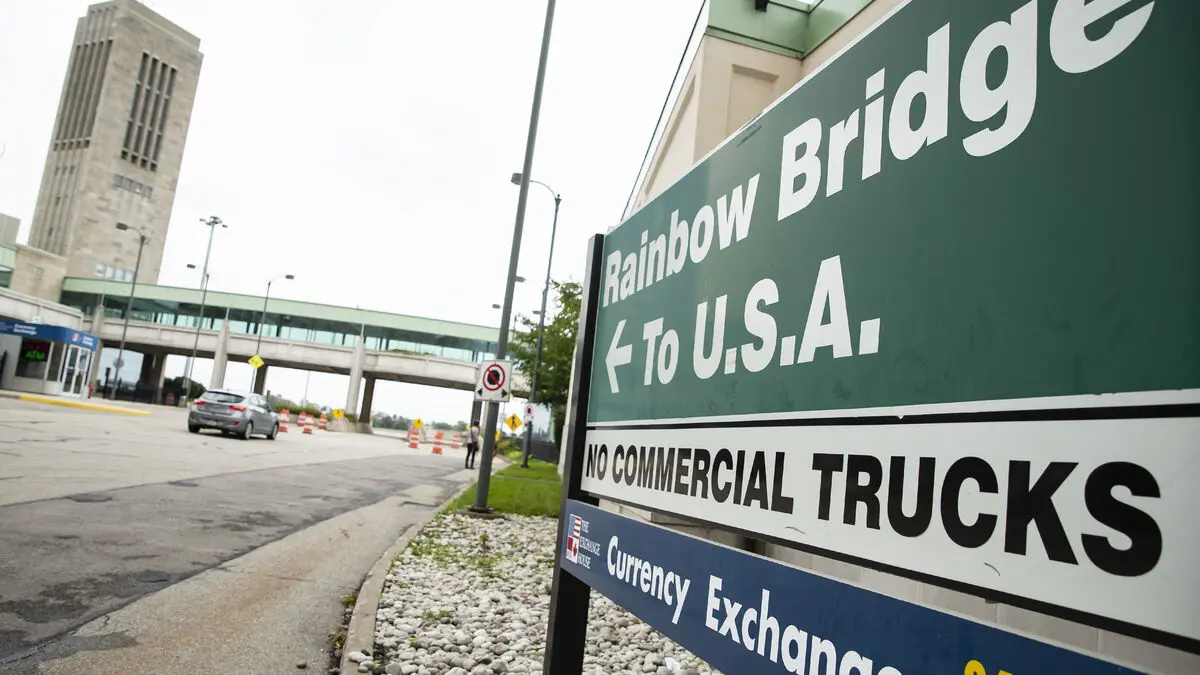Heavy rain has washed away manure and cowpats into lakes and onto beaches. Several bathing areas are being flagged as unsuitable.
Just on the West Coast, between Gothenburg and Halmstad, bathing is advised against at around 25 bathing areas.
Municipalities across the country report water samples to the Swedish Agency for Marine and Water Management (Hav), which in turn updates the status of the various municipal bathing areas on its website.
The authority has noted how water quality has deteriorated around the country.
There are more bathing areas than usual, says Mikael Krysell, unit manager for environmental monitoring at Hav.
Besides several bathing areas along the West Coast, bathing areas in Jönköping and Uppsala counties also have problems with water quality.
The polluted water may be due to the recent heavy rainfall, which has brought tarm bacteria from fertilized fields, or from coastal pastures with cows or sheep, into the sea.
It could also be flocks of Canada geese that have settled near the beach at night. It's simply animal feces near the water, says Mikael Krysell.
"Feels important"
Kungsbacka is one of the municipalities that currently have bathing areas where bathing is not recommended.
The municipality is trying to be as quick as possible in getting out information about water quality, according to Tina Carlson, operations manager at the building and environmental administration at Kungsbacka municipality.
It feels important. It's to protect people from discomfort, so they don't get sick, she says.
The municipality follows the EU directive to measure water quality several times a year. If the test shows that the water is unsuitable, it is tested again.
If it's good, we remove the warning immediately, says Tina Carlson.
Stomach flu and diarrhea
If the polluted water is swallowed, the bather can get stomach flu, diarrhea, and stomach pain. Harmless, but unpleasant and the symptoms can last for a few days, according to Mikael Krysell at Hav.
Therefore, the bathing enthusiast should take the warnings from the municipality seriously.
The first advice is always to find another bathing area, it's the safest, he says.
In Sweden, bathing areas with more than 200 bathers per day during the bathing season are registered as EU bathing areas and the water should be controlled regularly according to certain rules.
Samples are taken at least 3-4 times per bathing season. What they are looking for is elevated levels of the bacteria E. coli and intestinal enterococci.
If the bathing water quality is deemed poor, there should be a sign warning against bathing.
Source: Swedish Agency for Marine and Water Management.





